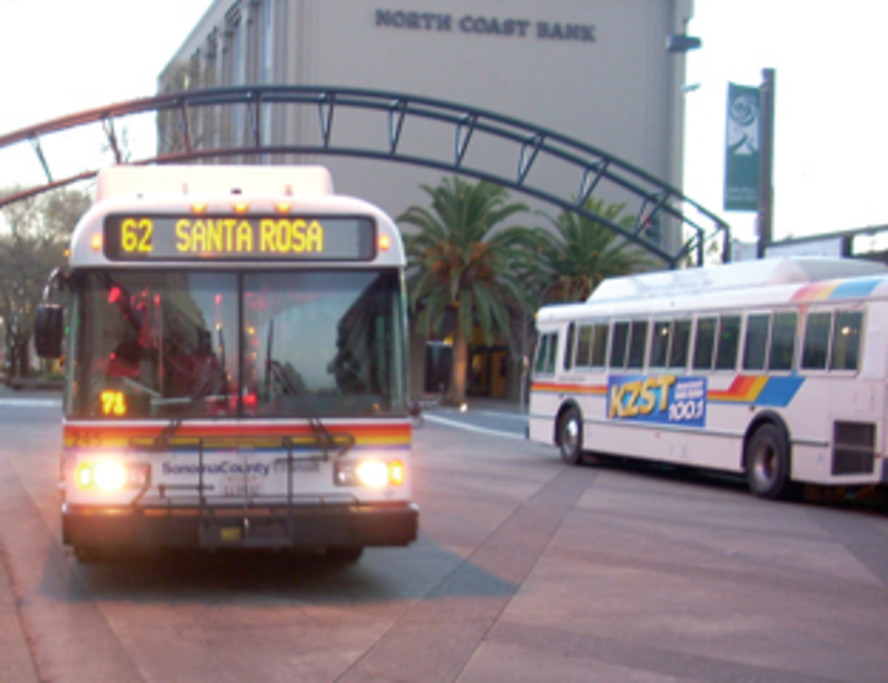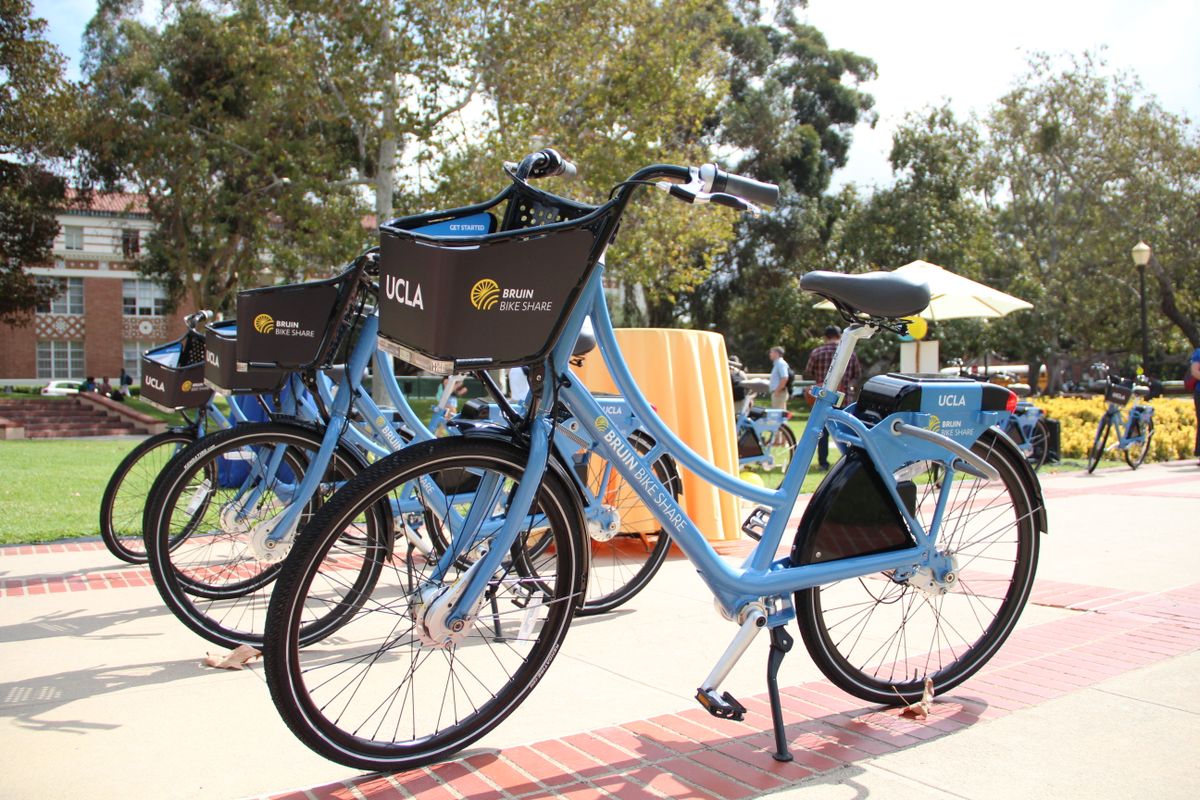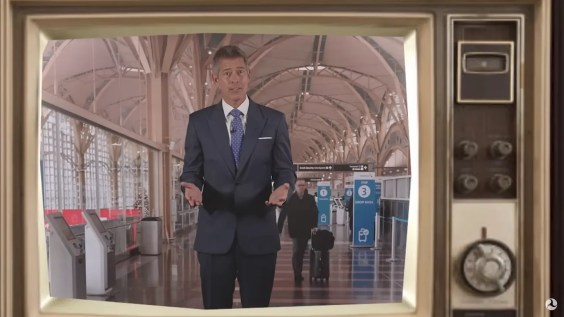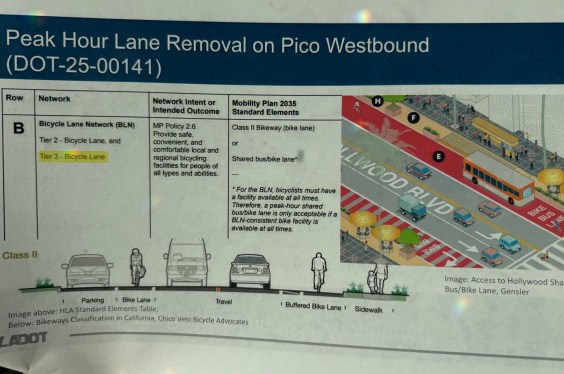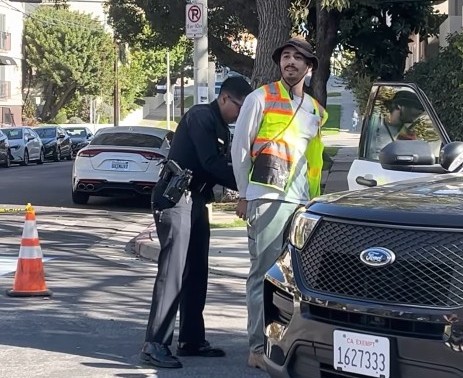Last year, our board member Abby Arnold took the Week Without Driving Challenge and brought along some friends. She's back this year for round 2. You can read last year's entries, and her other work for us, on her author page. Or go right to the first article in this year's series here.
“Mobility is a human right” is a theme of the national Week Without Driving, an annual event that highlights how people struggle to exercise that right when driving is not an option. Those who live in rural areas have an additional barrier: bus service may be infrequent or even non-existent in places. I live in Sonoma County, one of the most rural counties in California, and 13% of the county’s residents live in rural areas. How do rural residents get to school, work, medical appointments, and other places they need to be?
Sonoma County Transit offers bus service linking rural towns to hub cities along Highway 101 and Highway 12. My challenge on Tuesday September 30 was to take the bus to Sebastopol and beyond. I’m familiar with these small towns as places where I go to pick up my Community Supported Agriculture (CSA) shares of vegetables from Winter Sister Farm, Full Bloom Flowers, and Farmer Mai Flour. On a nice day it’s a lovely drive through the farms and vineyards, but I wondered what it would be like to live in Graton, Forestville, or Monte Rio if I were one of the 30% of people who do not drive. Remembering my pre-driving teenage years spent taking buses to urban adventures, I was curious about how rural youth get into Sebastopol or Santa Rosa on their own.
Line 20 loops around the Russian River area of Sonoma County, connecting rural towns to the county seat of Santa Rosa where bus riders can connect to the SMART train or to other buses, or switch to their bicycle for the balance of their commute. The bus is equipped with a well-used bike rack. In Santa Rosa the 20 stops at Coddingtown Mall, Santa Rosa Junior College, the County Administrative Center, the Transit Mall, and (hallelujah!) the SMART station.
I caught the 20 at the Transit Mall in the afternoon, and the bus was right on time. Most of the other passengers looked like college students heading home from classes. After a stop at the SMART station and a few stops in west Santa Rosa, the bus got on Highway 12 heading for Sebastopol. We stopped at the Sebastopol Transit Hub so people could transfer to other local buses, and at a few other stops in Sebastopol, when I realized that Marcus Navarra was on the same bus. Small town magic! Navarra is a fellow member of North Bay Transit Riders and our expert on the MASCOTS plan, and it was fun to see him on the bus.
The bus schedule is as accurate as possible during high commuting times, but I noticed that riders were signaling for stops and I wasn’t confident about where I was going to get off the bus. The bus driver was happy to answer my question, and let me know when it was my stop, in Forestville. An excellent restaurant in that tiny town, Bazaar Sonoma, had a fire last week and I was meeting my friends for a fried chicken popup to raise money for their recovery and rebuilding. I missed the last bus back to Santa Rosa at 7:30 pm but got a ride home from my friends. When I looked at the schedule I realized that the last bus leaves Santa Rosa at 5:20 pm, so people who work at Coddingtown Mall or attend evening classes at Santa Rosa Junior College need to find another way back to their West County homes.
The bottom line on the rural route in West Sonoma County is that the bus service is well-organized and reliable, but could use extended evening and weekend hours to serve the transit needs of those who don’t use cars.
